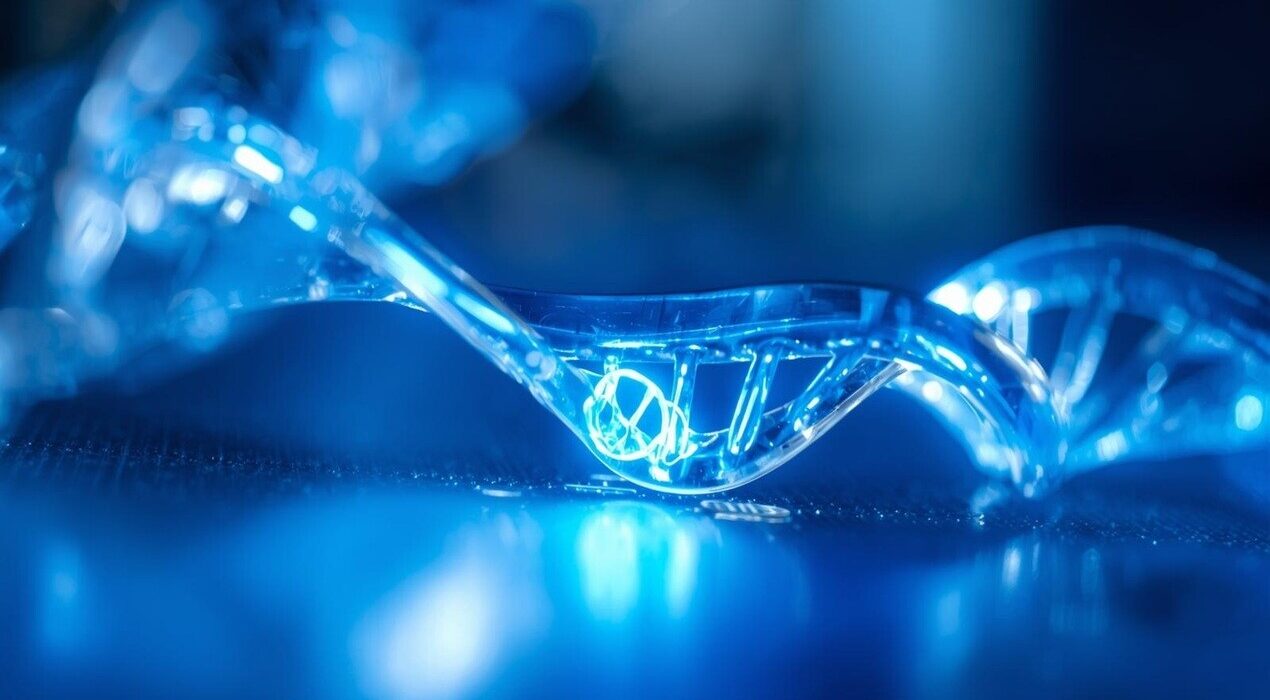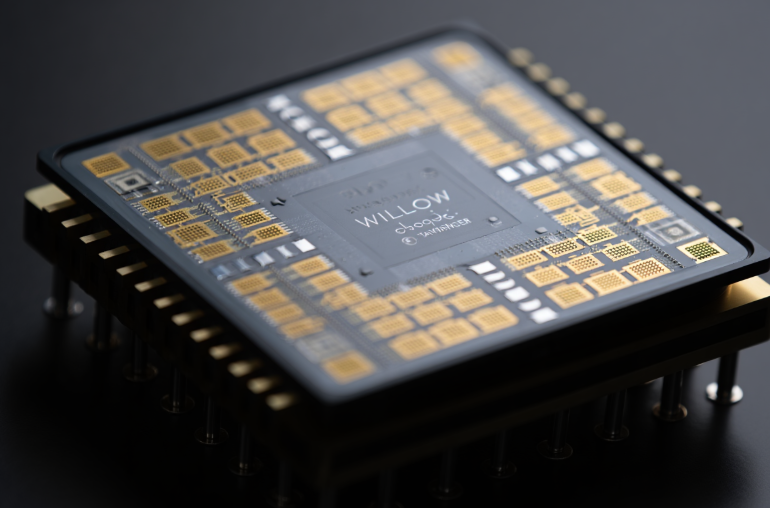MIT’s New Ultra-Low-Cost DNA Sensor Could Transform Disease Detection
Researchers have introduced a new DNA testing sensor that aims to make early diagnosis available to everyone. It is tiny, low-cost, and can detect harmful genetic markers
linked to serious diseases. The best part? It is designed to work without a high-tech laboratory.
How This New Sensor Works
The device uses a thin, flexible layer that reacts when a specific DNA sequence is present. When a disease-related sequence is found in a sample like saliva or blood, the sensor’s signal changes instantly. This means results are quick, making it easier to catch illnesses before they become severe.
Even though it is compact, the sensor can be highly precise. The technology focuses on early detection of conditions such as cancer, HIV, and viral infections that require timely awareness. Early diagnosis gives patients a better chance at fast treatment and recovery.
Designed for Global Accessibility
Many regions around the world lack access to expensive diagnostic machines. This sensor is designed to solve that problem. It stays stable at room temperature and could be used with simple electronics, including a basic portable reader or a smartphone-based device.
Since the sensor is affordable to manufacture, experts believe it can support communities with limited medical resources. Testing that once needed expert handling could become something people can manage themselves.
This breakthrough represents a move toward more equal access in healthcare. When advanced science becomes affordable, more lives can be saved through early intervention. The next step is scaling production and securing approvals so that this technology can reach hospitals and homes worldwide.






